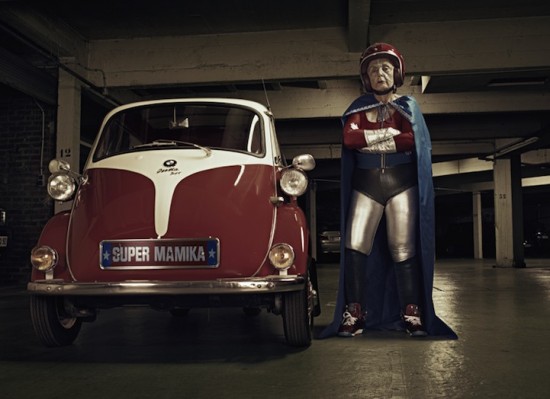I often went fishing up in Maine during the summer. Personally I am very fond of strawberries and cream, but I have found that for some strange reason, fish prefer worms. So when I went fishing, I didn’t think about what I wanted. I thought about what they wanted. I didn’t bait the hook with strawberries and cream. Rather, I dangled a worm or a grasshopper in front of the fish and said: “Wouldn’t you like to have that?”
How to Win Friends and Influence People is the product of one of my favorite college classes, Introduction to Physics 118. A favorite because I did little more than sit in the back of the lecture and read books. Ninety minutes, twice a week, in the midst of an impossibly busy academic and personal schedule, with nothing to do but read? What an escape!
Sure, title of Dale Carnegie’s book is a bit unnerving. It sounds like a book for insecure antisocialites or perverse masterminds. Though I don’t see why either group wouldn’t appreciate the book, anyway.
I profoundly enjoy the book for its simple yet brilliant insight, captured best, I think, by the quote above. Talk to people, in terms they understand, about their interests. Get what you want. No duh?
Consequently, I highly recommend the book. Seems to taper off and start repeating itself a little towards the end, but overall, it’s easy to read and you’ll feel like a smarter, better person when you’re done. I’ve got a copy full of highlights of my favorite passages that sits by my bed in New York. I’ve considered compiling all of highlights into a blog post, but I’d hate to dissuade you from picking up and reading a copy yourself.

